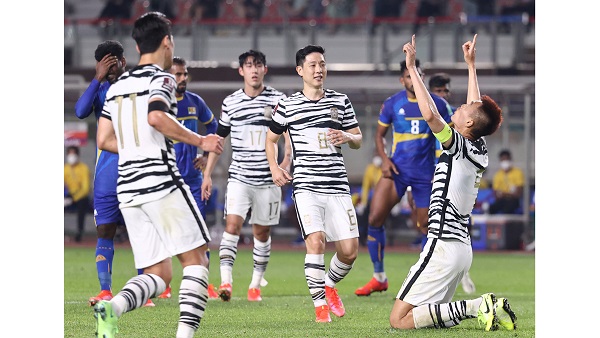
IKUNA SPORTS FOUNDATION PRO
Though it’s Japan’s premier sumo venue, Kokugikan isn’t as big as, say, a pro basketball arena, and the distances/sightlines mean you get a pretty nice view of the ring even if you’re not in the first rows of seats.


Then again, there are a lot of sumo wrestlers that Takashi has never heard of, which is why he was here, Ikuna remembered, so she decided to cut him some slack and they headed inside.Įven without being a sumo fan, though, Takashi knew he was on hallowed ground, and he felt a wave of excitement as he passed through the threshold and saw the trophies and awards on display.īefore checking out the rest of the facility, though, they made their way to their seats. Takashi sheepishly informed Ikuna that no, he hadn’t ever heard of Kotoshogiku. He just retired after the last tournament…so you mean you weren’t cheering for him for his whole career?” “That’s Kotoshogiku! Don’t you know who he is? Not only is he from Fukuoka, just like you, but the two of you are the same age! You could have been classmates. … Takashi found himself on the receiving end of Ikuna’s glaring gaze when he failed to react to the rack of pamphlets she was standing next to. Being born in rural Shimane Prefecture, there weren’t any major tournaments held near her home, so she used to take the overnight bus to Fukuoka to see the big-name wrestlers in action. While casual attire is perfectly acceptable for Kokugikan, Ikuna is a diehard sumo fan. As you approach the entrance on tournament days, you’ll see flags, called noborihata, bearing the names of the sport’s top stars.Īs promised, Ikuna was waiting outside the entrance for Takashi, and she was definitely dressed up for the occasion. Kokugikan, Tokyo’s sumo stadium, is right across the street from the station. …and even the attached 7-Eleven has a sumo sculpture and old-school lattice-like storefront. Even before he was out of the station, Takashi was wrapped in the sumo atmosphere, with portraits of great wrestlers from the past adorning Ryogoku Station’s walls.Ī sign asking train travelers to wear masks and disinfect their hands also employed sumo style… Takashi remembers his grandfather watching sumo in the evenings, so he was surprised when Ikuna told him to get to Ryogoku well before noon.
IKUNA SPORTS FOUNDATION TV
In his whole life, he’s been to exactly one sumo tournament, back when he was an elementary school student in Fukuoka Prefecture, and aside from that his only experience with the sport is catching a few random glimpses of matches that his grandfather used to watch on TV in their home.īut recently Takashi has been wanting to learn more about the sport, and a chance to do just that fell into his lap when another member of our writing team, Ikuna Kamezawa, offered him a spare ticket she had to the September grand sumo tournament held in Tokyo’s Ryogoku district.

Our Japanese-language reporter Takashi Harada isn’t a complete sumo neophyte, but he’s pretty close. The side effect of all that, though, is that a lot of younger people in Japan haven’t ever been to watch sumo in person, since the layers of tradition can make it seem intimidating and unfamiliar. Sumo is often considered to be Japan’s national sport, in light of its long history and many aspects tied to Japanese cultural and religious beliefs. Our sumo beginner gets a lesson from a kimono-clad veteran.


 0 kommentar(er)
0 kommentar(er)
